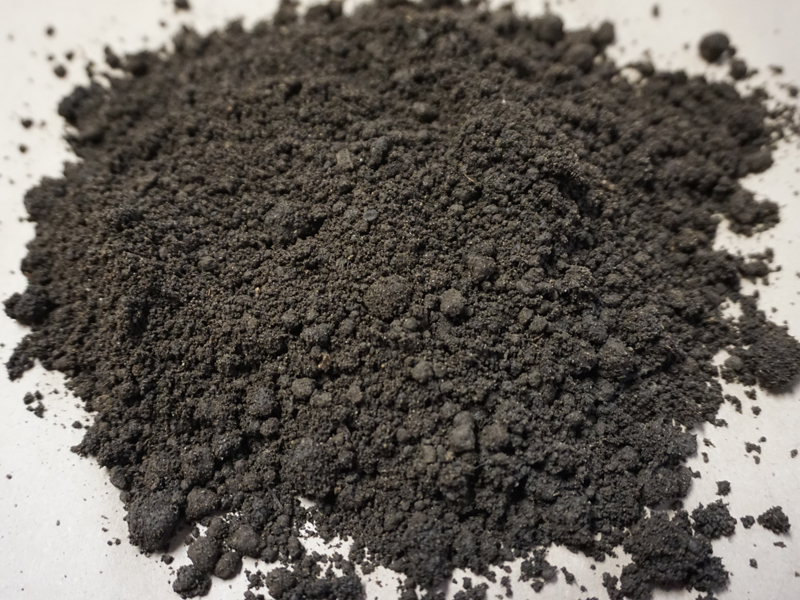Science News

Fertilizer is used worldwide in farming. It’s used to give plants a boost, increasing yield and ultimately farmers’ profits.

Termites are unwelcome in your home. They can cause structural damage to the wood in frames, floors and other materials. It’s nothing personal, though. They are really just looking for food sources.

Soil organic matter has long been known to benefit farmers. The carbon in this organic matter acts as a food source for soil microbes, which then provide other nutrients to the crops grown. Microbes, insects and small soil critters produce materials that can improve soil structure and water retention. It’s a healthy ecosystem every farmer wants to encourage.

Just as we blend, cut, and fold ingredients together to follow a recipe, farmers use equipment to stir together soil and crop residue (stalks and roots of previous crops) before planting. This mechanical action is called tillage.

Homeowners who rely on private wells as their drinking water source can be vulnerable to bacteria, nitrates, and other contaminants that have known human health risks. Because they are not connected to a public drinking water supply, the homeowners are responsible for ensuring that their own drinking water is safe.

Products we commonly buy at the supermarket, such as tortillas and corn chips, are made from food grade corn. The corn is grown, harvested, bought by a food company, turned into masa (dough from ground corn) through a chemical process, and then made into our favorite products.

The “zero waste” trend could have a friend in the form of biosolids. Biosolids are the materials produced after domestic waste is treated in urban wastewater systems. In the past, most of this solid material was transferred to landfills. But, processes developed over the past few decades can create “exceptional quality” biosolids.


Each day, more than 2 billion cups of coffee are consumed worldwide.

Developing countries produce about 90% of the beans used to make all those lattes, espressos and mochas. That makes coffee a key source of revenue and livelihood for millions of people worldwide.

Wetlands are an important part of the Earth’s natural water management system. The complex system of plants, soil, and aquatic life serves as a reservoir that captures and cleans water. However, as cities have expanded, many wetlands were drained for construction. In addition, many areas of land in the Midwest were drained to increase uses for agriculture to feed a growing world.

